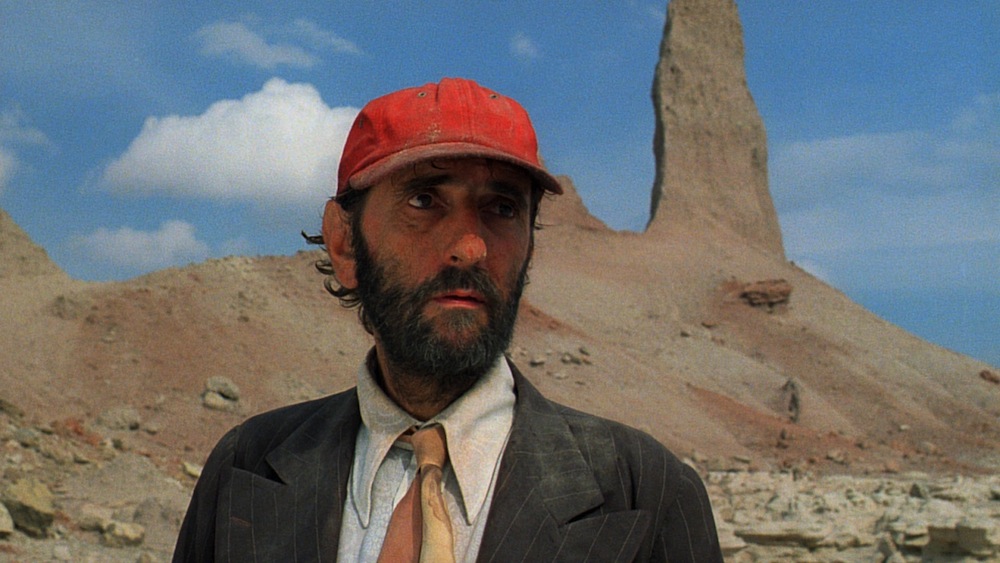
Lists made regarding the opinion of cinema critics are one thing, but lists from the audience are another, that’s for sure. We approach the 250 top ranked movies on IMDb bearing that in mind. Even though the site informs us that there is a weighted vote – not all votes have the same importance for the arithmetic outcome – it does not define the criteria that give this different weight.
So we have a mixed list where both masterpieces of world cinema, blockbusters, and recent highly advertised movies parade from one after other, whereas real cinematic gems do not appear at all. As voters form part of the whole community of moviegoers, all appetites are to be expressed.
However, there are some movies that, due to their importance in movie history, should be on a higher place on that list. Here are some examples.
1. 8 ½ – Ranked 240

There are people who consider “8 ½” as the best film ever screened. Well, with no such exaggerations, it is listed among the 10 best movies of all time. This is Fellini’s absolute masterpiece and Mastroianni’s chief lead for decades.
Fellini treats his favorite topic, the deconstruction of masculinity, in such a playful way that one cannot decide whether they should start considering about the nature of men and women and of their relationships, or just let themselves be carried away by the beauty of the pictures that follow unhindered one another, as the steps of a childish game. Aside, he demonstrates the nightmarish charms of the cinema world, a world of untamed creativity and hard work, vested with the notes of Nino Rota.
Guido Anselmi fights with his fading imagination, his crew that always wants more, the producer and the multiplicity of women that surrounds him – should they take the form of wife, lover, companion, partner, friend, even the eternal figure of the dead mother, they are always there to demand a part of his body and his soul – on a trip without a final destination, toward the making of a movie whose subject is apparently his own life.
Well, the film is too avant-garde to be in the top 10 in the IMDb list. “It’s a film about you, about your life, about your dreams.” Yet, 240 seems to be very low, considering many films that are placed higher.
2. Touch of Evil – Ranked 232
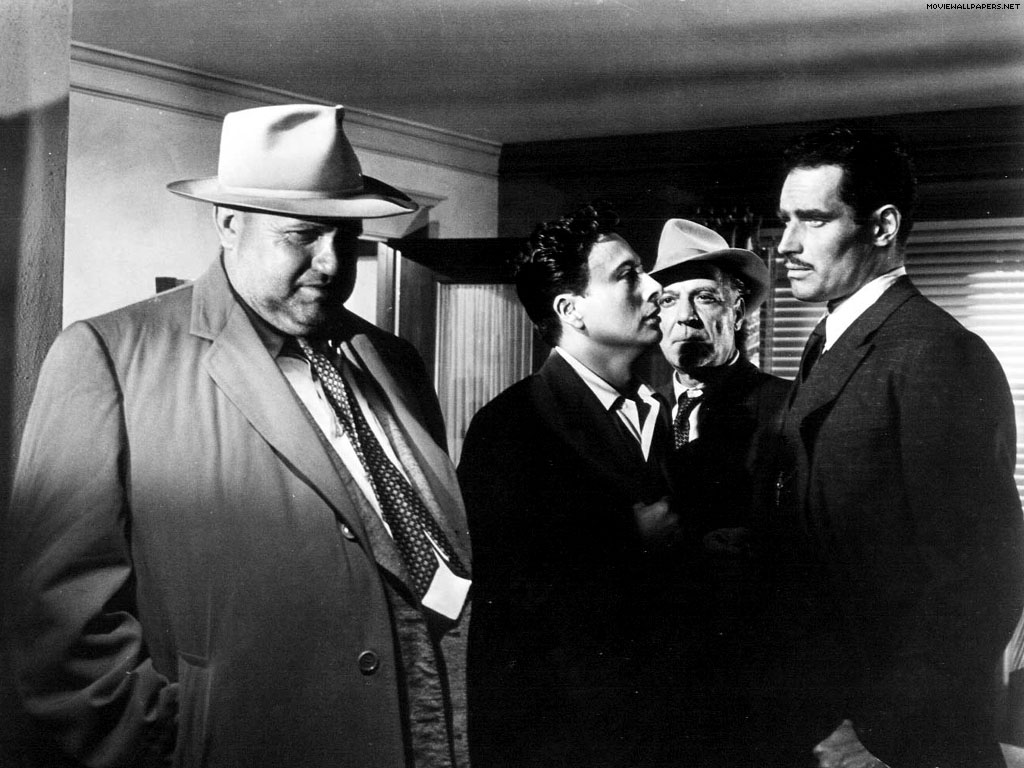
An engaging noir by master Orson Welles, who wrote the script, directed the movie and played the lead villain, a fat drunk brokenhearted chief cop who believes he is the law in the small border town where he works as detective.
A car that explodes next to Mexican policeman Vargas brings him and Captain Hank Quinlan – Welles’ role – in juxtaposition as to what each of them think about attributing justice. Vargas is recently married to a gorgeous American woman who insists on staying close to him while he is engaged with the murder case, and she becomes easy prey to the crooks who are after her husband.
One more masterclass, a film that is cinematically superb, with an exquisite use of the depth of field technique that Welles introduced years ago. The screen gains in volume and narration and portrays each character in a detailed, yet many times frightening way. Faces can hide nothing from Welles’ camera. Not even his face. He is depicted in an almost pitiful state, one more iconic detective of the noir golden era.
Placed among the 1001 films we must see by Schneider and in many lists for the best Hollywood movies, spiced by the presence of the mythical Marlene Dietrich, this film emits a nostalgic aura of the time when making movies entailed magic.
3. Barry Lyndon – Ranked 221
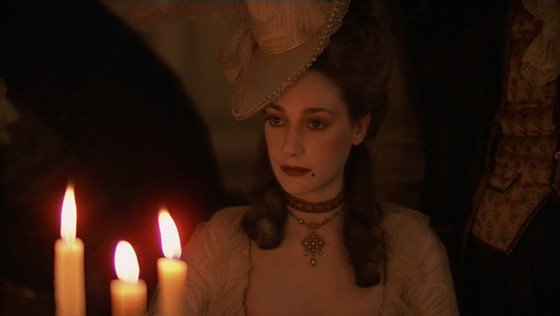
Kubrick’s neglected masterpiece is considered as one of the most stunningly beautiful films ever made. A three-hour slow-paced story of a man and his wanders around Europe in what could be a biopic, but is rather Kubrick’s way psychograph of a tormented soul and the depictions of an era with its values and contradictions. Every scene, every frame of the movie is as awesome as a master’s painting, and that is largely due to the exclusive use of natural lighting – hence the famous candlelit scenes.
Both time and place determine Barry’s fate. A young ambitious Irishman who lost his father in a duel and was obliged to leave his motherland in search of… a career? Money? Happiness? Love? A father? Kubrick artfully depicts Europe at the same time as it was devastated by meaningless wars and celebrating in the aristocrats’ salon. Barry will do anything to survive and enter into the salons for good.
Some may call him an opportunist. Kubrick doesn’t treat him like that. He follows him from rise to his bitter fall and decadence with tenderness, hazing the lights and picturing an ambient of enclosure from which Barry cannot escape. What Kubrick really achieves in this work is to externalize the state of the soul of his hero into the colors, the set, and the atmosphere of his frames.
Well, it is the sixth Kubrick movie in the 250 list. All other five are among the 100 best. Why should this be so low placed?
4. In the Mood for Love – Ranked 237
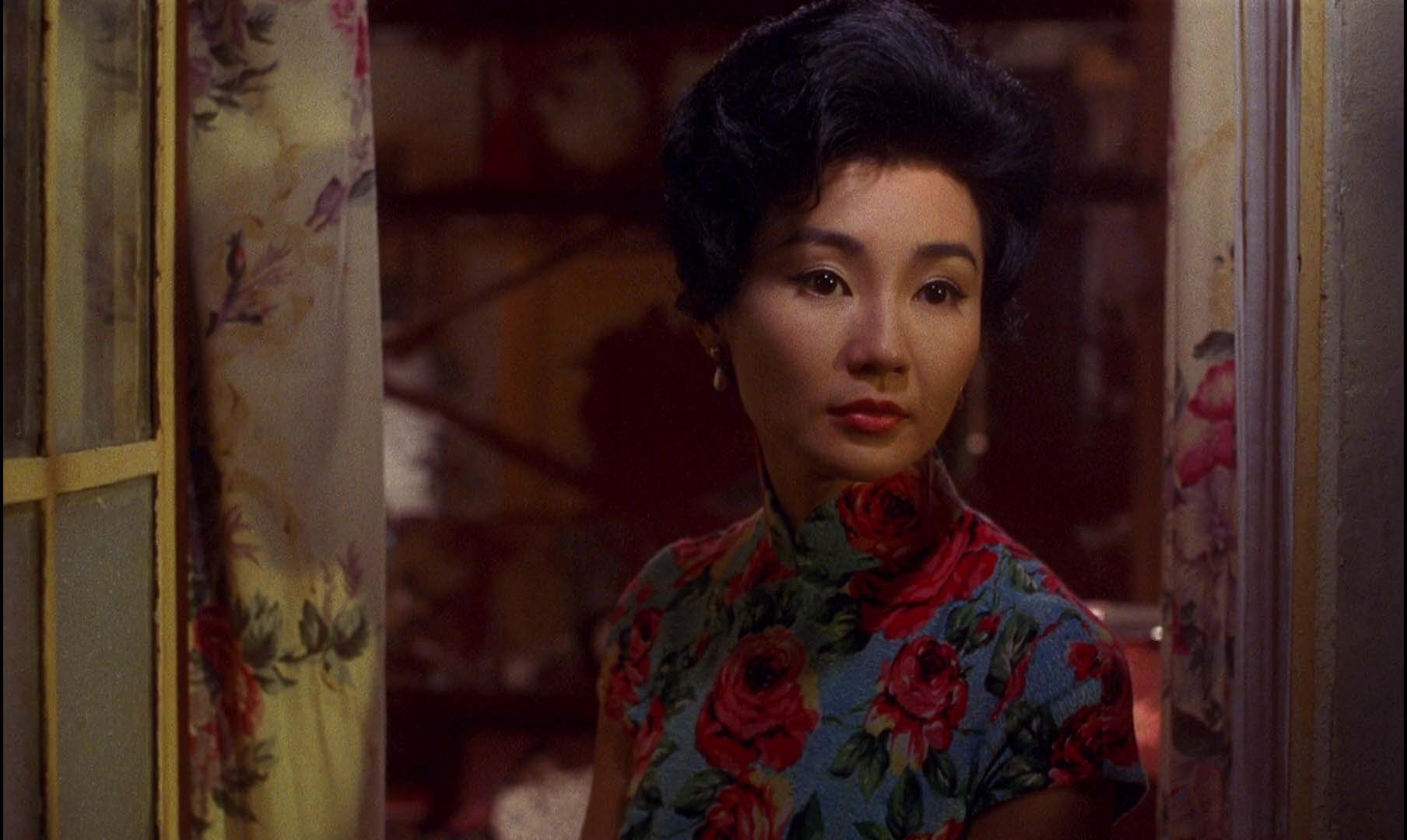
TSPDT classifies it as the best movie of the 21st century. Though I strongly disagree, I was surprised to see it so low placed on the IMDb 250 top rated movies list. “In the Mood for Love” was largely acclaimed for its stylistic perfection and the deep melancholy it emanates – the spleen of Hong Kong.
The protagonists, two unhappily married lonely-hearts whose mates are lovers, are moving like phantoms around the city, communicating as little as possible with other people, and sharing a relationship whose charm is that there is no consumed love.
Movie critics point out its selective cinematography, the framed scenes that prevail as they highlight the closed spaces in which the two heroes live – both literally and sentimentally. A story where not much really happens, as it walks the line between reality and dream, what is happening and what should happen. It is largely considered as an innovative pace in the art of cinema that marks the 21st century.
5. Annie Hall – Ranked 239
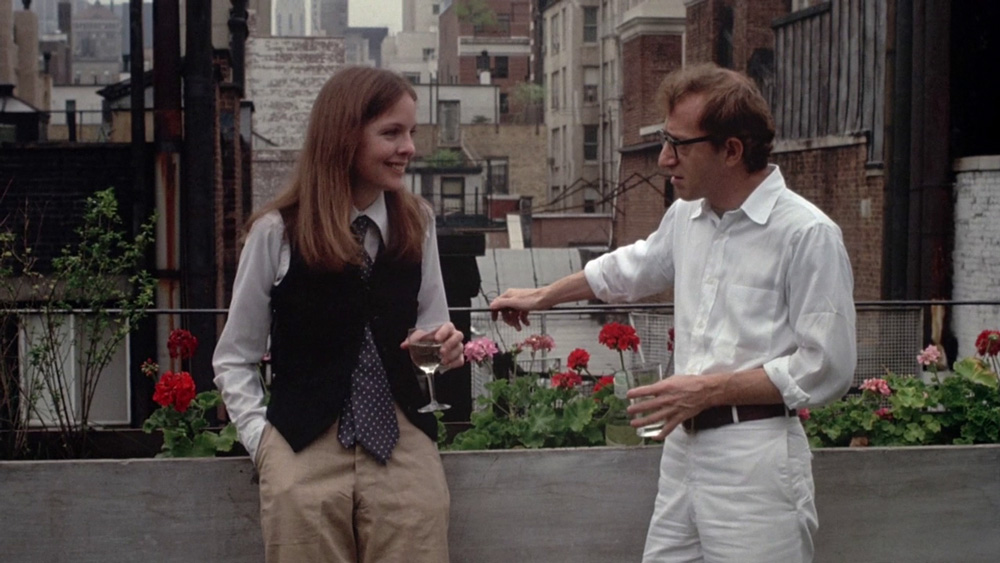
Woody Allen’s bittersweet dramedy – his only Oscar for Best Director – about the tender love relationship between an anxious and skeptical standup comedian (Allen himself) and an unpredictable and ambitious young artist (Diane Keaton), with Allen’s beloved New York in the background – or rather the foreground?
It’s a movie that captures that little something of New York City, its jazzy nights and fuzzy mornings, its unconventionality and unstipulated gayness, in a way that only Allen knows how. He was one of the first directors that made ‘European’ films in U.S. territory – with many to follow. No, not European, New Yorker: he makes films about New York and its people. In the movie, he explores his Jewishness and the guilt his adolescence was burdened with, his troubles dealing with women, his endless sessions with the psychoanalyst in an effort to maintain his relationship with Annie.
Though reflecting on the 1970’s preoccupation of human relationships, it is considered as a classic for its cinematic beauty and the establishment of Allen’s unique style that was to be repeated in many more movies that followed.